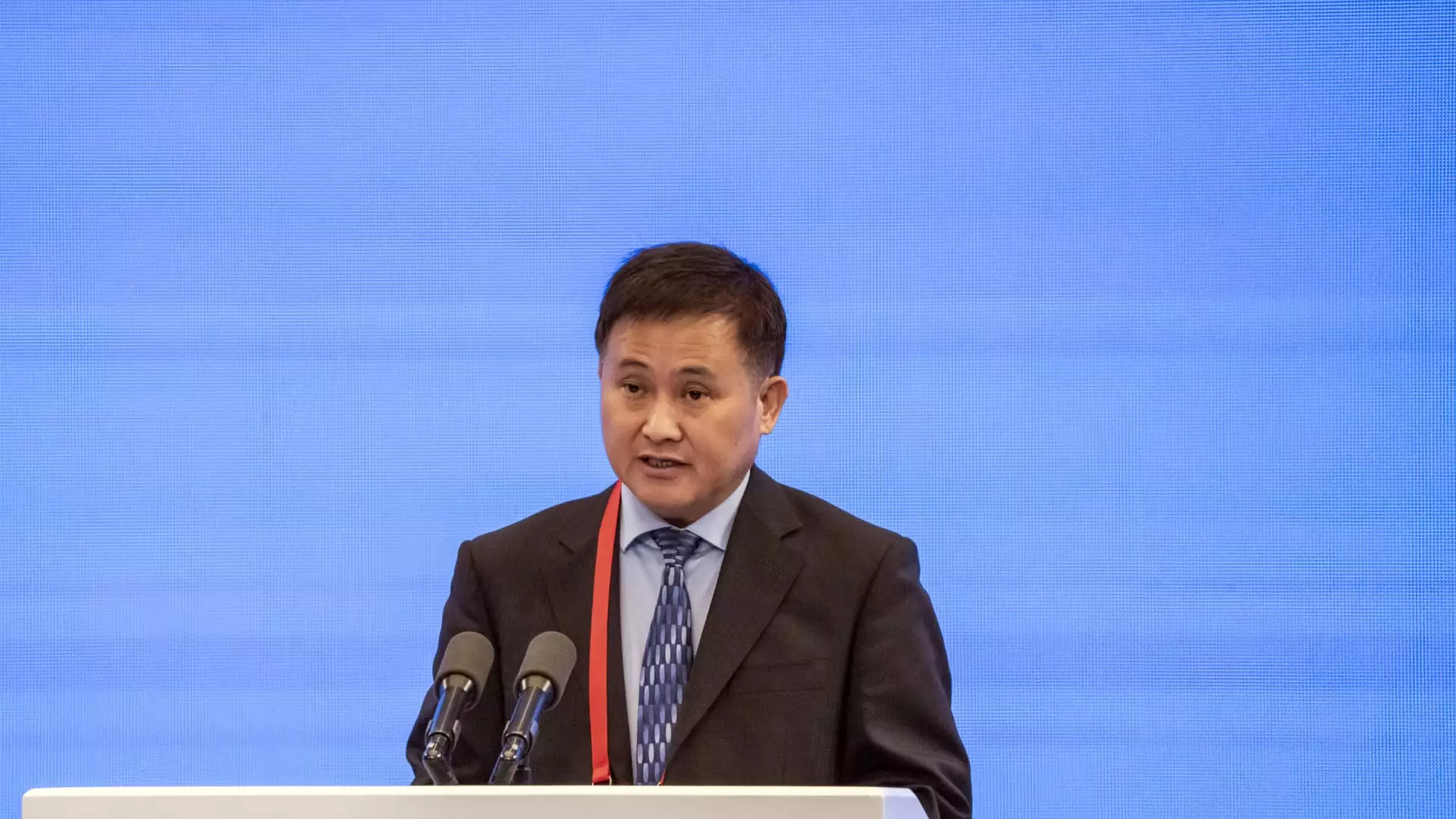China’s financial risks have apparently decreased according to People’s Bank of China Governor Pan Gongsheng. In a recent interview, Pan stated that the overall risk level has significantly declined and that the number and debt levels of local government financing platforms are also decreasing. However, the claim that the financial risks have dropped seems to be quite optimistic given the ongoing concerns regarding China’s growing debt levels and slowing economic growth.
Pan mentioned that local government debt, particularly from local government financing vehicles (LGFVs), has been on the decline. LGFVs were created to help local authorities fund infrastructure projects when they couldn’t easily borrow directly. These entities primarily obtained financing from shadow banking, resulting in indiscriminate funding of projects with limited financial return. While Pan highlighted the reduction in debt burden and repayment needs of the weakest LGFVs, the fact remains that LGFV debt is still a significant concern. With more than 1 trillion yuan of LGFV bonds set to mature in the coming quarters, the risks associated with these debts cannot be overlooked.
China’s economic growth has been slowing, with the economy growing by 5% in the first half of the year. Analysts are concerned that the country may not be able to reach its growth target for the full year without additional stimulus. The International Monetary Fund has also warned about the need for macroeconomic policies to support domestic demand in order to mitigate debt risks. The combination of high debt levels, slowing growth, and the need for additional stimulus paints a concerning picture of China’s financial situation.
The IMF report highlighted that small and medium-sized commercial and rural banks are considered the weak link in China’s banking system. With nearly 4,000 such banks accounting for 25% of total banking system assets, the vulnerabilities in these institutions pose a significant risk. While the number of high-risk small and medium-sized banks has reportedly decreased, the lack of specific figures raises questions about the actual improvement in the banking sector.
The real estate sector has been a focal point for China’s economic growth, but authorities are now looking to shift towards advanced tech and manufacturing. While Pan mentioned efforts to help local governments with financing for affordable housing projects, concerns remain about the overall stability of the real estate market. The low mortgage down payment ratio and interest rates may be encouraging for potential buyers, but they also raise questions about potential risks associated with a possible housing bubble.
Recent volatility in the government bond market and the PBOC’s decision to delay a rollover of its medium-term lending facility indicate a level of uncertainty in China’s financial markets. The central bank’s efforts to revamp its monetary policy structure and the upcoming release of the monthly loan prime rate suggest ongoing challenges in managing the country’s financial stability. The frequent changes in policy rates and injection of capital raise concerns about the effectiveness of these measures in addressing the underlying financial risks.
While People’s Bank of China Governor Pan Gongsheng may remain optimistic about the decrease in financial risks, a critical analysis reveals significant challenges facing China’s economy. The combination of high debt levels, slowing economic growth, weaknesses in the banking system, and uncertainties in the real estate market indicate a complex and delicate financial situation. Addressing these challenges will require coordinated efforts from both monetary and fiscal authorities to ensure long-term stability and sustainable growth in China’s economy.

